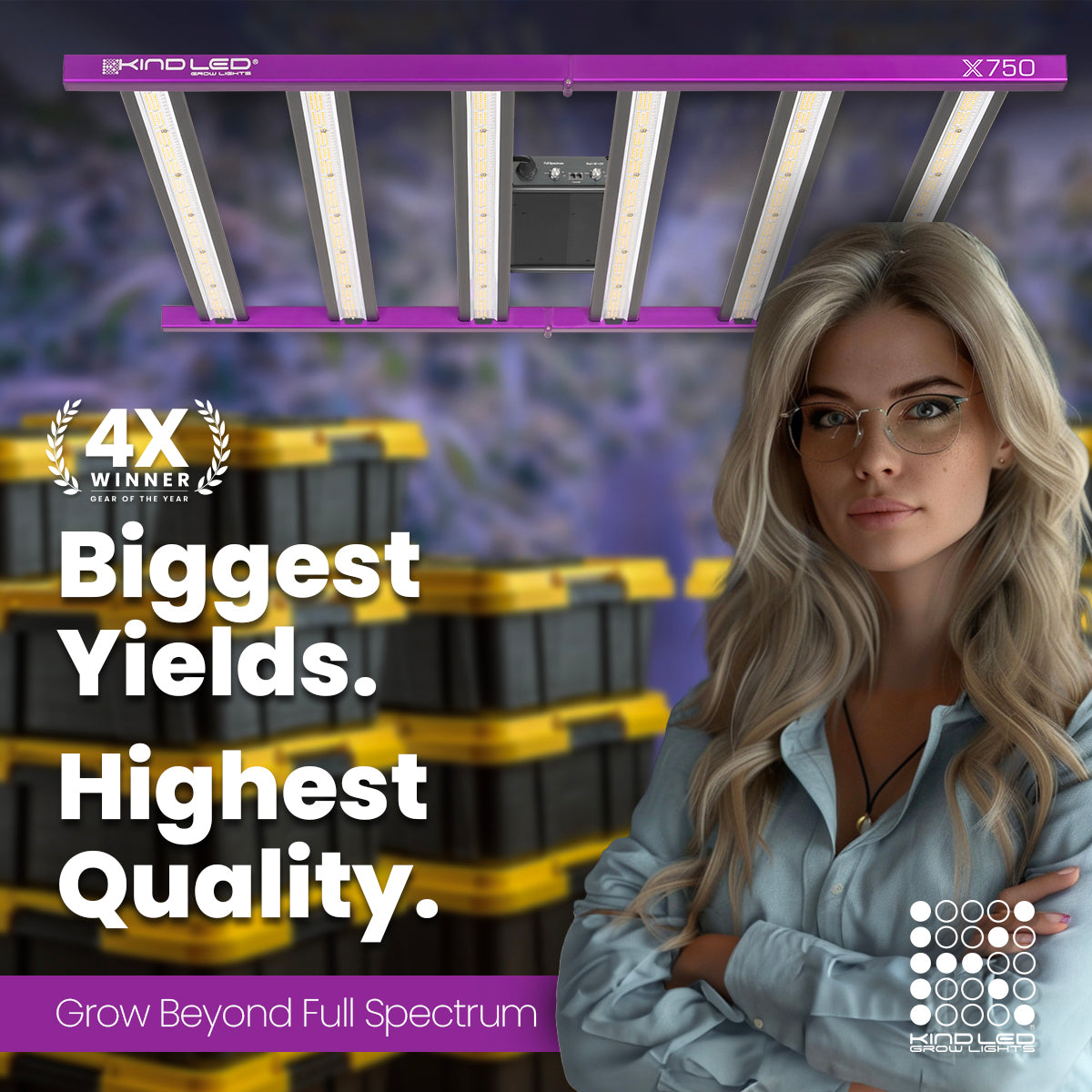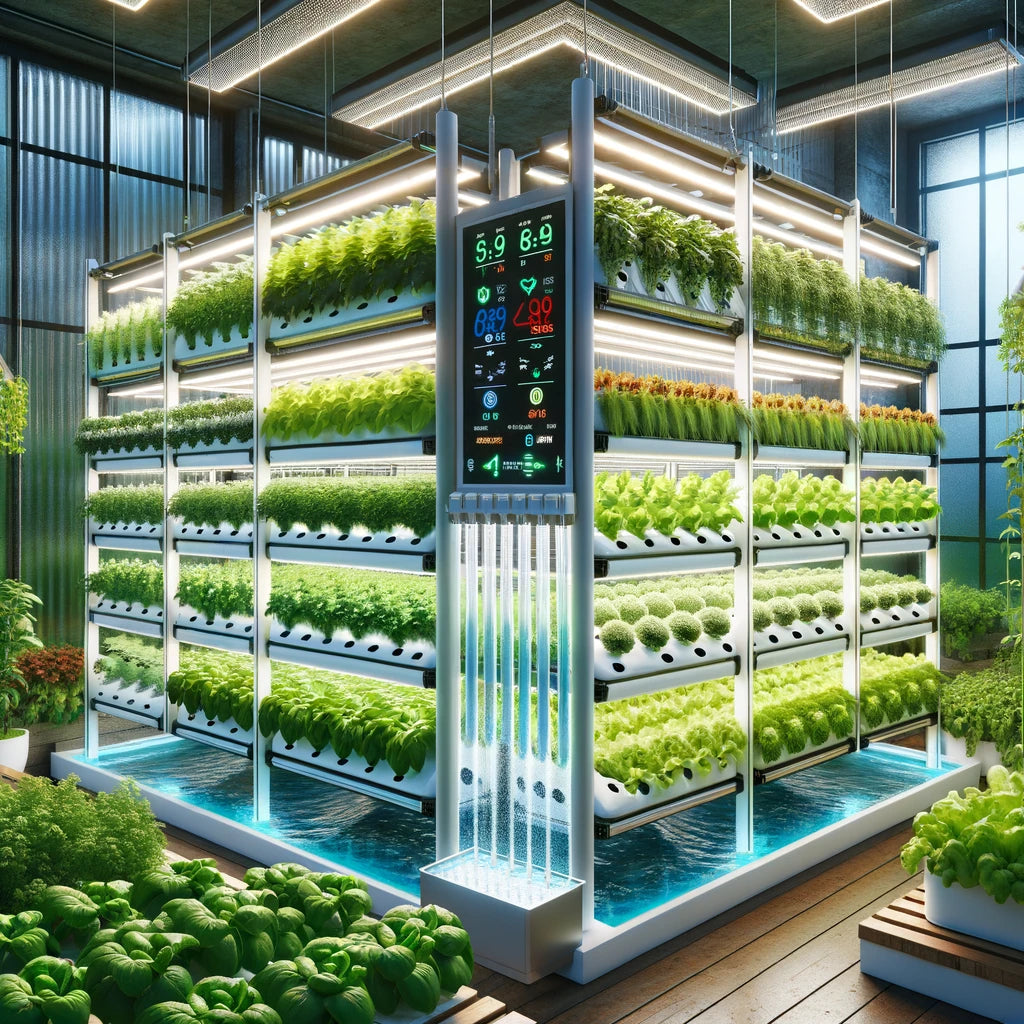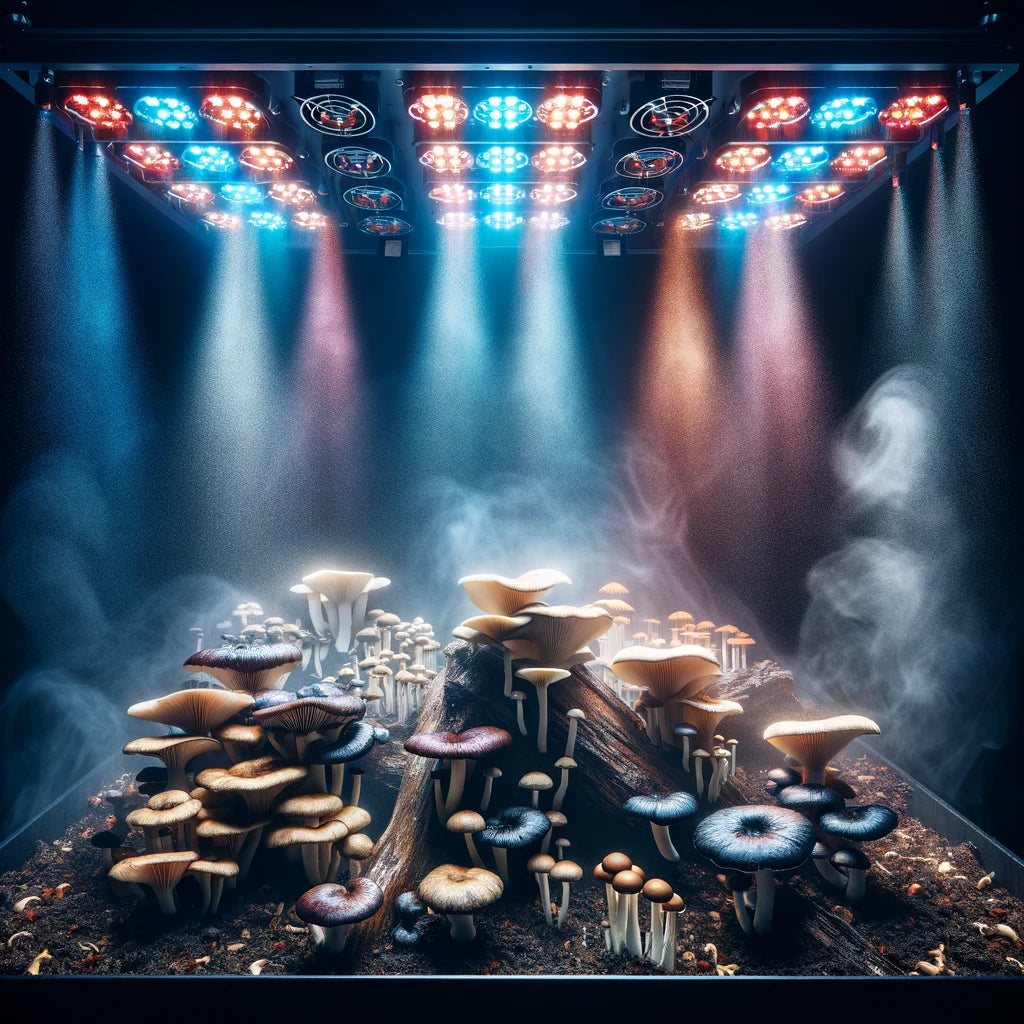
Do grow lights have UV?
Demystifying Grow Lights and UV: A Guide for Indoor Gardeners
In the world of indoor gardening, grow lights have become an indispensable tool for nurturing healthy plants, especially during the absence of natural sunlight. However, a lingering question often arises among indoor gardeners: do grow lights emit UV radiation?
Unveiling the Spectrum of Grow Light Emissions
Well, How do these artificial lights mimic the sun's power to promote plant growth? The answer lies in understanding the spectrum of light emissions.
The Sun's Spectrum: A Rainbow of Life
Natural sunlight is a rich source of energy, composed of a wide range of electromagnetic waves, including visible light, ultraviolet (UV) radiation, and infrared radiation. Each wavelength of light has a different energy level and plays a specific role in plant growth.
Visible light: This is the portion of the electromagnetic spectrum that humans can see. It ranges from red light, which has the longest wavelengths and lowest energy, to blue light, which has the shortest wavelengths and highest energy. Visible light is essential for photosynthesis, the process by which plants convert light energy into chemical energy.
Ultraviolet (UV) radiation: UV radiation has shorter wavelengths and higher energy than visible light. It is divided into three types: UVA, UVB, and UVC. UVA and UVB radiation can penetrate the Earth's atmosphere and reach the surface, while UVC radiation is absorbed by the atmosphere. UV radiation can have both beneficial and harmful effects on plants. In small amounts, it can help to promote plant growth and development. However, excessive exposure to UV radiation can damage plant tissues and DNA.
Infrared (IR) radiation: IR radiation has longer wavelengths and lower energy than visible light. It is not visible to the human eye, but it can be felt as heat. IR radiation can help to regulate plant growth and development, and it can also be used to provide supplemental heat for plants.
Grow Lights: Tailoring the Spectrum for Plant Needs
Not all grow lights are created equal. Different types of grow lights emit different spectra of light. Some grow lights emit a full spectrum of light, while others emit a narrower spectrum of light that is tailored to the specific needs of different plants.
Full-spectrum grow lights: These lights emit a wide range of wavelengths, including visible light, UV radiation, and IR radiation. They are a good choice for plants that require a full spectrum of light for optimal growth.
Broad-spectrum grow lights: These lights emit a narrower range of wavelengths than full-spectrum lights, but they still emit a variety of wavelengths within the visible spectrum. They are a good choice for most indoor plants.
Narrow-spectrum grow lights: These lights emit a very narrow range of wavelengths, typically focusing on the red and blue wavelengths that are most important for photosynthesis. They are a good choice for plants that require specific wavelengths of light for optimal growth.
Choosing the Right Grow Light for Your Plants
The best way to choose a grow light for your plants is to consider the specific needs of your plants. Some factors to consider include:
Plant type: Different plants have different light requirements. For example, succulents require less light than leafy greens.
Growth stage: Plants require different amounts of light at different stages of their growth. For example, seedlings require more light than mature plants.
Environmental conditions: The amount of natural light that your plants receive will also affect the type of grow light you need. If your plants are in a dimly lit room, you will need a stronger grow light than if they are in a sunny room.
Understanding the Role of UV in Plant Growth
In the realm of plant biology, light plays a pivotal role in driving photosynthesis, the process by which plants convert sunlight into chemical energy. While the majority of attention is often focused on visible light, ultraviolet (UV) radiation also plays a subtle yet significant part in plant growth and development.
UV Radiation: A Double-Edged Sword
UV radiation, a component of sunlight, is a form of electromagnetic radiation with shorter wavelengths and higher energy than visible light. It is categorized into three types: UVA, UVB, and UVC. While UVA and UVB radiation can penetrate the Earth's atmosphere and reach the plant surface, UVC radiation is absorbed by the stratospheric ozone layer.
The effects of UV radiation on plants are complex and multifaceted. On one hand, excessive exposure to UV radiation can be detrimental, causing damage to plant tissues and DNA, leading to stunted growth, reduced yields, and increased susceptibility to pests and diseases. However, in controlled amounts, UV radiation can also have some beneficial effects on plant growth.
The Benefits of UV Exposure
Enhanced Secondary Metabolite Production: UV exposure can stimulate the production of secondary metabolites, such as anthocyanins, which give plants their vibrant colors, and flavonoids, which act as antioxidants and attract pollinators. These secondary metabolites play a crucial role in plant defense against stress and herbivory.
Increased Plant Resistance: UV exposure can trigger defense mechanisms in plants, making them more resilient to pests and diseases. These defense mechanisms include increased production of protective enzymes, enhanced cell wall fortification, and induced systemic resistance.
Promoting Compact Growth: UV exposure can regulate stem elongation, contributing to shorter and more compact plants. This effect is particularly desirable for indoor gardening and ornamental plant production.
Assessing UV Safety in Grow Lights
The safety of UV in grow lights depends on the type of grow light and the specific UV emissions.
HID (High-Intensity Discharge) Lamps: Traditionally used in indoor gardening, HID lamps, such as metal halide (MH) and high-pressure sodium (HPS) lamps, emit a broad spectrum of light, including UVA and UVB. While they offer high light intensity, excessive UV exposure from these lamps can be harmful to plants.
Fluorescent Lamps: Commonly used for indoor gardening, fluorescent lamps emit a narrower spectrum of light, typically focusing on the visible and near-infrared ranges. However, some fluorescent lamps may emit small amounts of UVA radiation.
LED (Light-Emitting Diode) Grow Lights: Modern LED grow lights have revolutionized indoor gardening with their energy efficiency and targeted light spectrum. Typically, LED grow lights emit minimal to no UV radiation, making them a safer choice for both plants and humans.
Balancing the UV Spectrum
The key to harnessing the benefits of UV radiation while minimizing its detrimental effects lies in understanding the delicate balance between UV exposure and plant tolerance. Different plant species exhibit varying levels of sensitivity to UV radiation. Some plants, such as those adapted to high-altitude environments, have developed mechanisms to tolerate higher UV levels, while others are more susceptible to damage.
In indoor gardening, the use of UV-emitting grow lights requires careful consideration. While some plants may benefit from controlled UV exposure, excessive UV levels can harm even the most tolerant species. Therefore, selecting grow lights that emit minimal to no UV radiation is generally recommended for most indoor gardening applications.
Selecting UV-Free Grow Lights for Optimal Plant Health
When selecting grow lights for your indoor garden, it is essential to consider the specific needs of your plants and the potential impact of UV radiation. Here are some tips for choosing UV-free grow lights:
Consult plant-specific requirements: Research the UV requirements of your particular plant species to determine if UV exposure is necessary or beneficial.
Check grow light specifications: Carefully review the specifications of your chosen grow lights to ensure they emit minimal to no UV radiation.
Opt for LED grow lights: LED grow lights generally emit a narrow spectrum of light, primarily focusing on the PAR wavelengths, and typically produce minimal or no UV radiation.
Consider UV-supplemental lighting: If your plants require UV exposure, consider using supplemental UV lighting in controlled doses to avoid overexposure.
UV radiation, a seemingly innocuous component of sunlight, plays an intricate role in plant growth and development. While excessive exposure can be detrimental, controlled UV irradiation can stimulate beneficial responses, enhancing plant defense mechanisms, secondary metabolite production, and even influencing plant architecture. Understanding the delicate balance between UV exposure and plant tolerance is essential for optimizing plant growth and maximizing the benefits of UV radiation.





